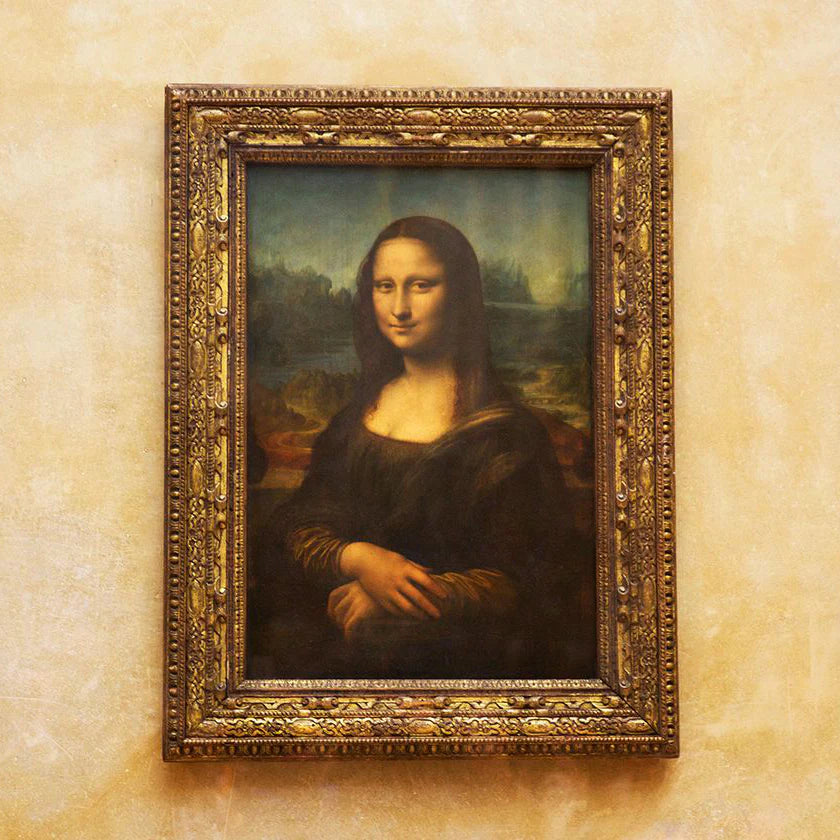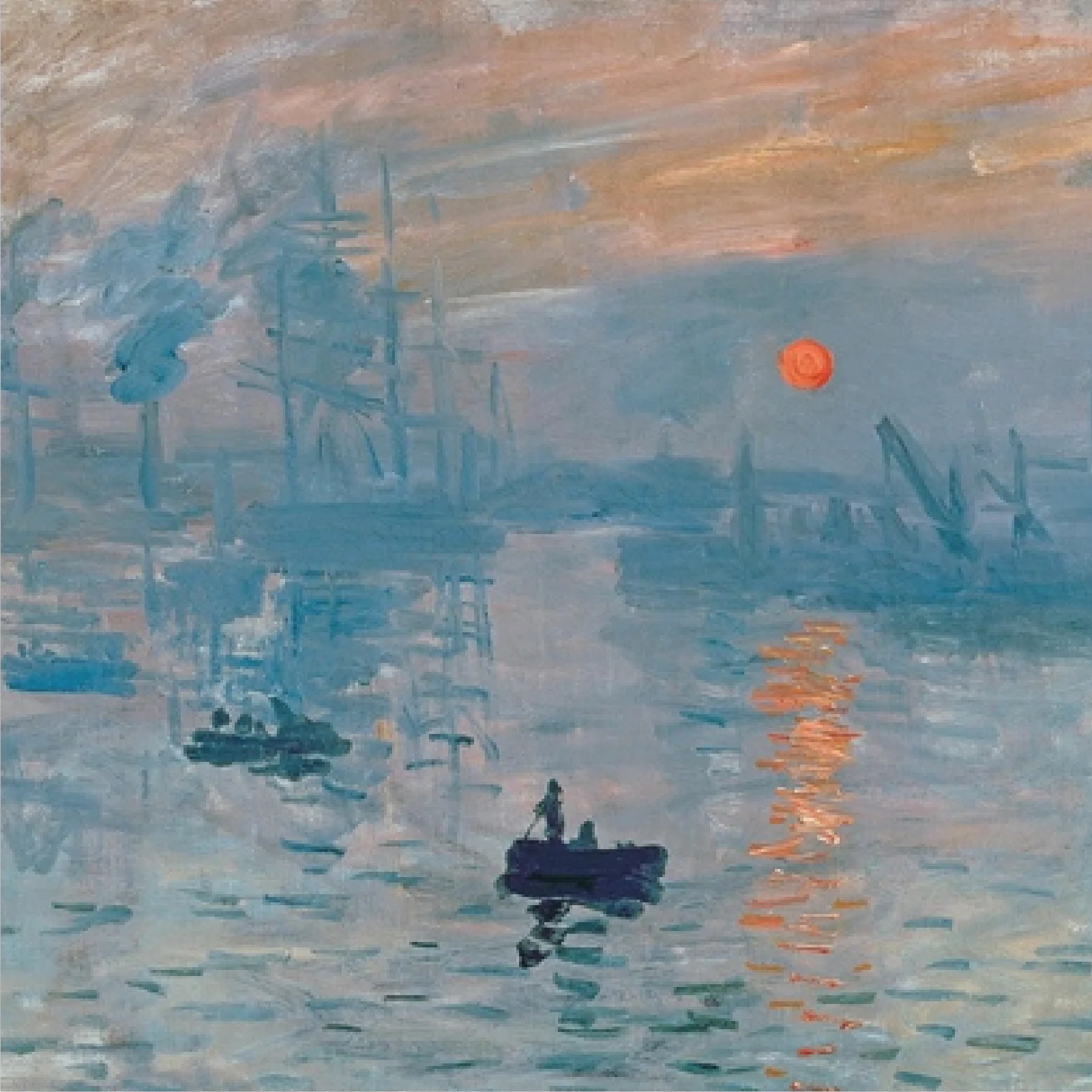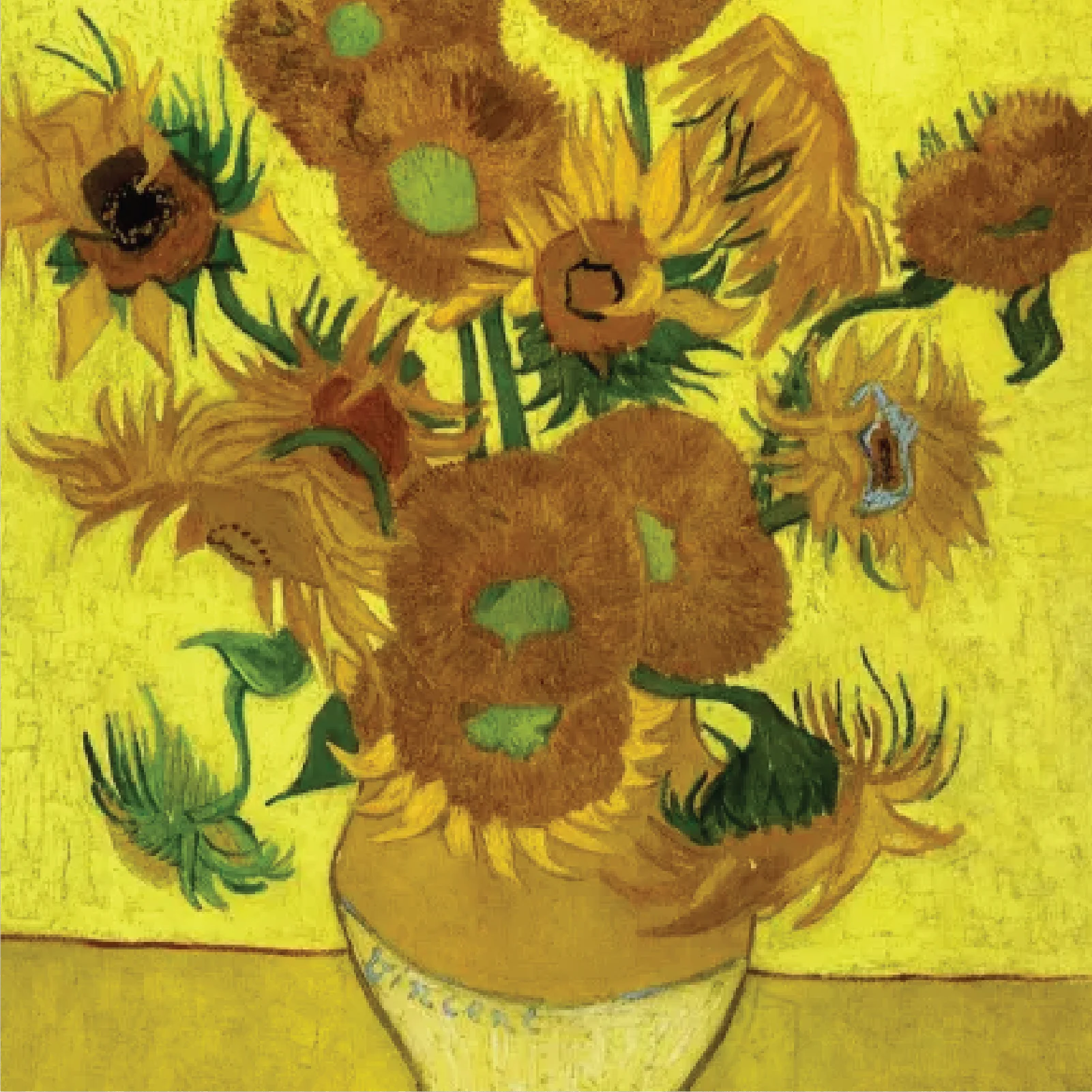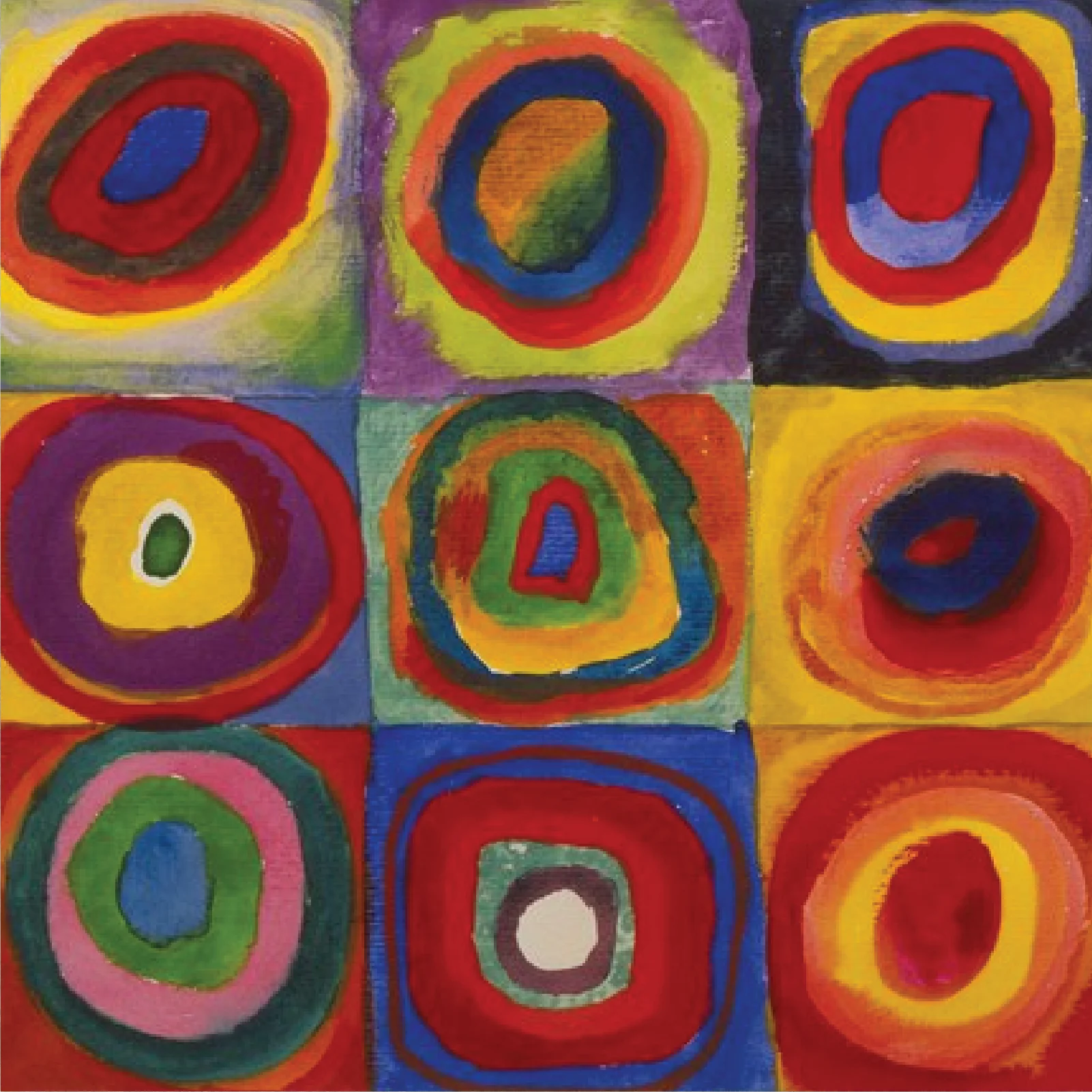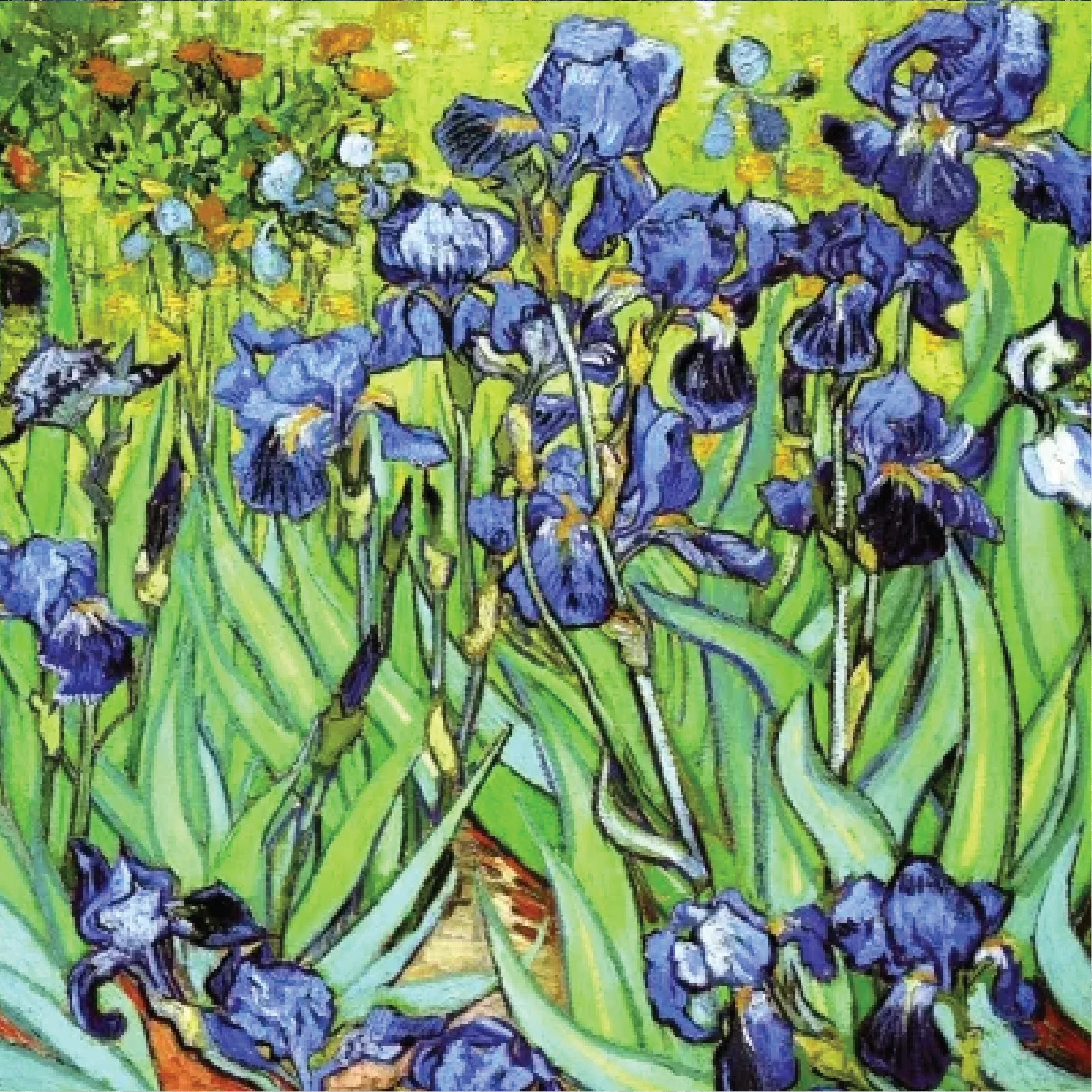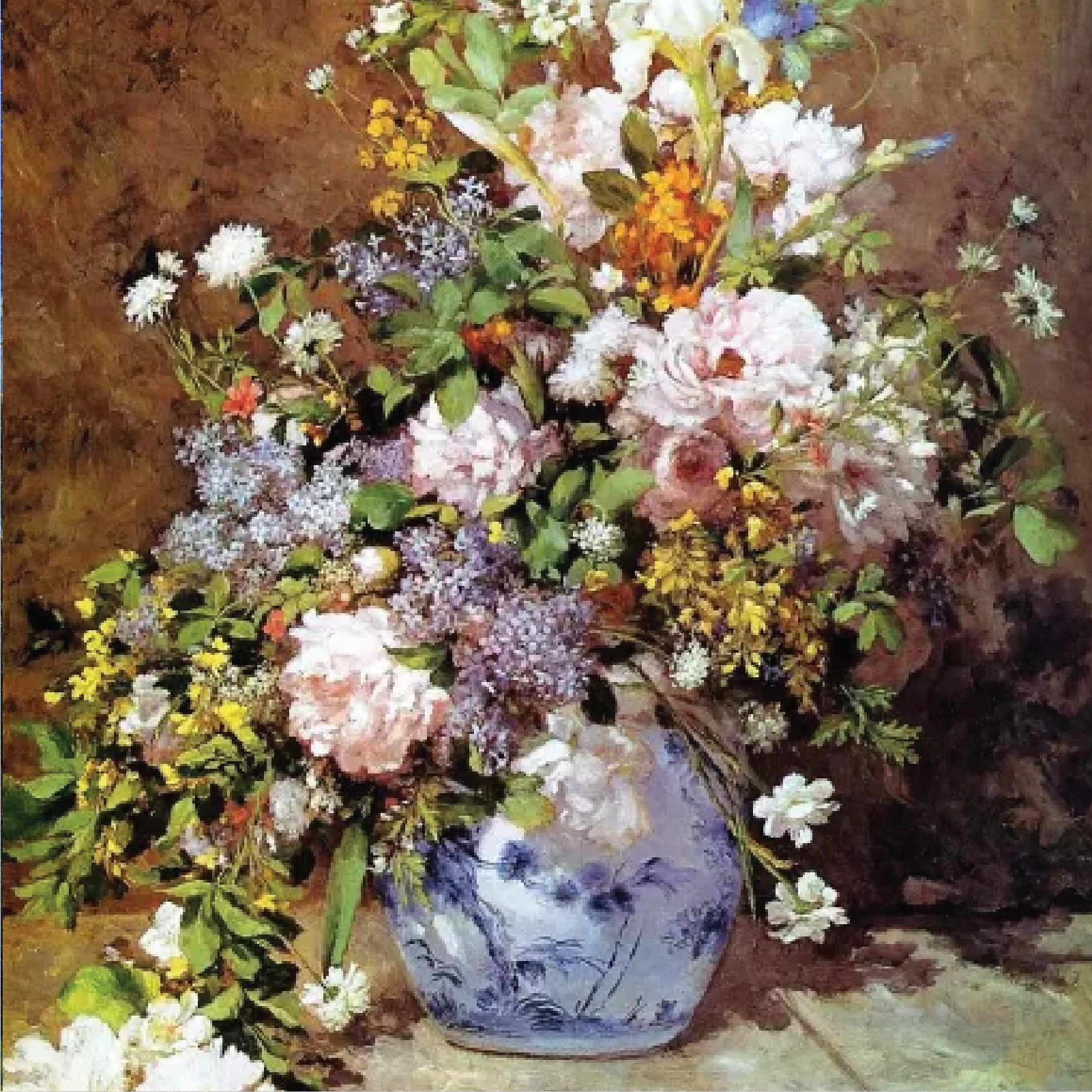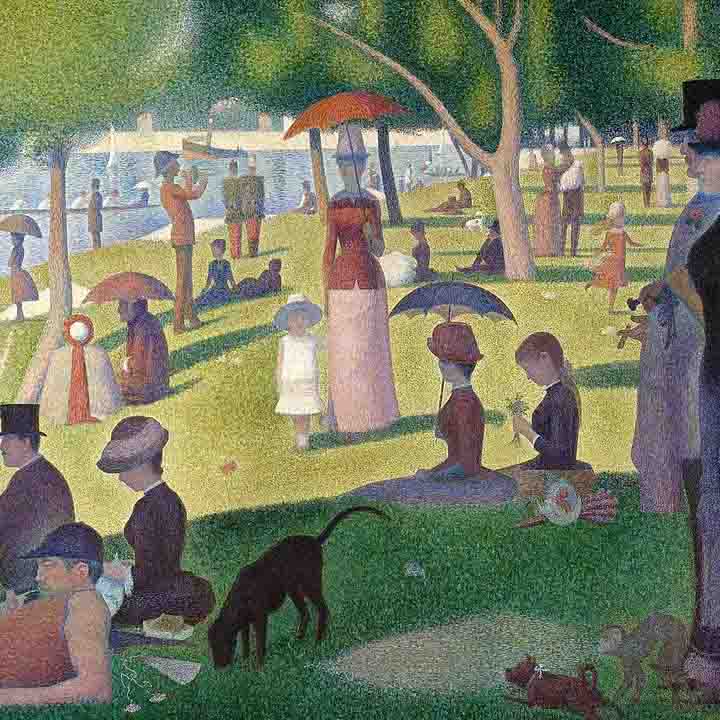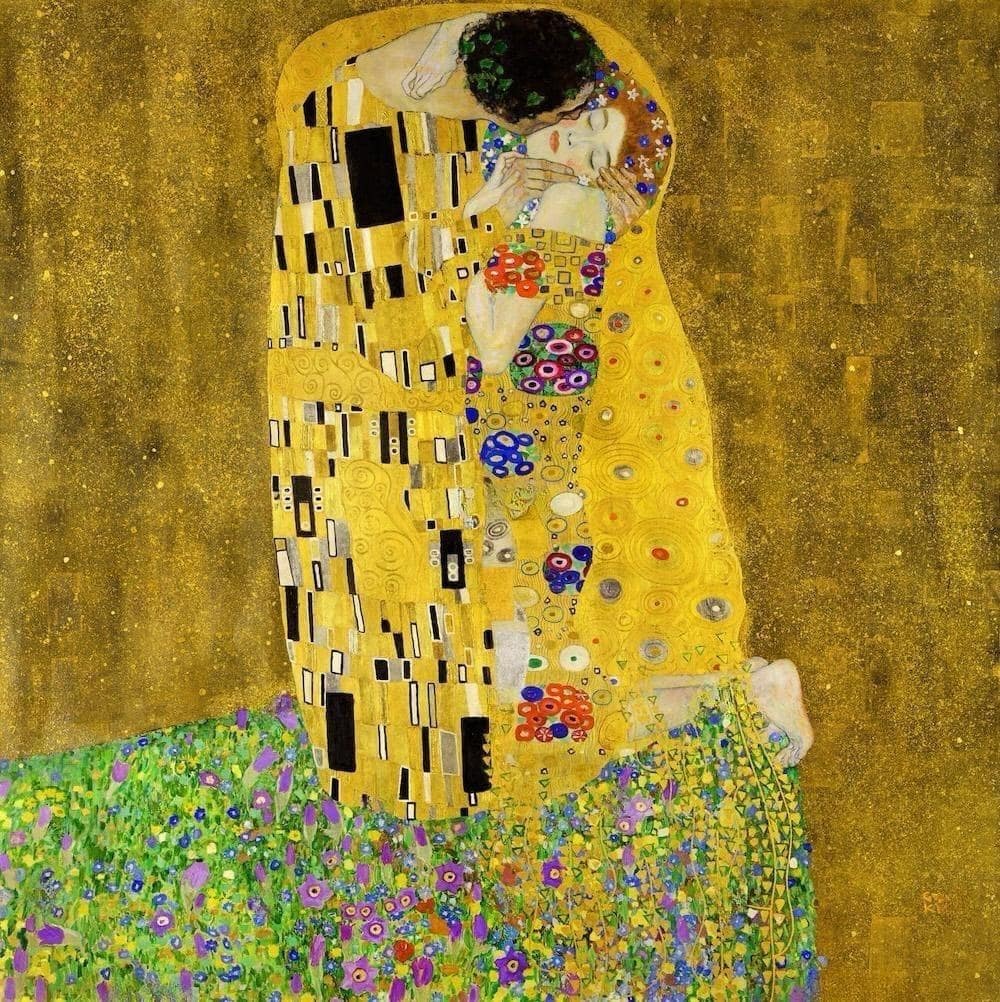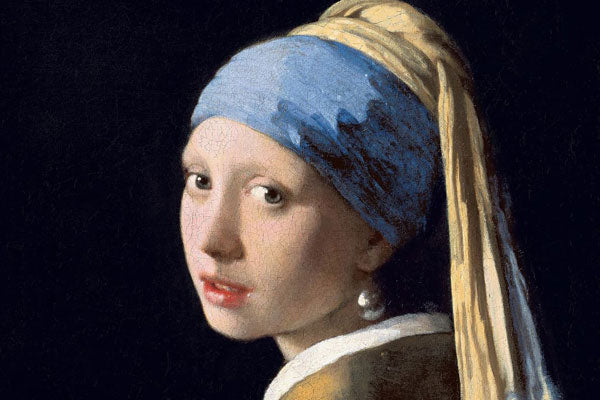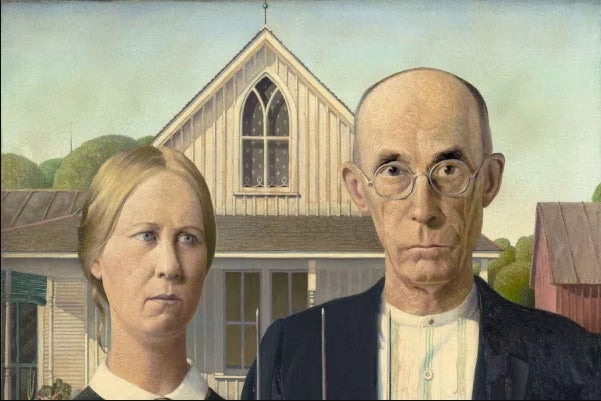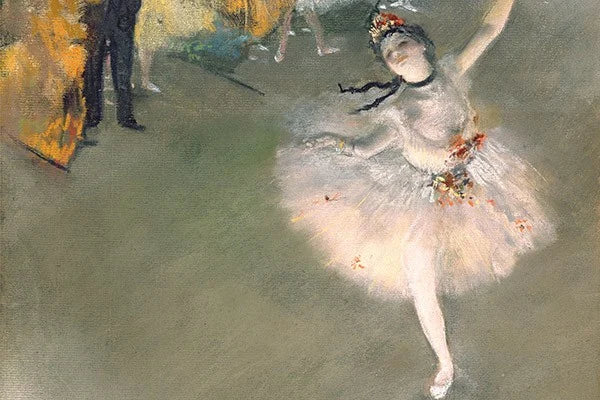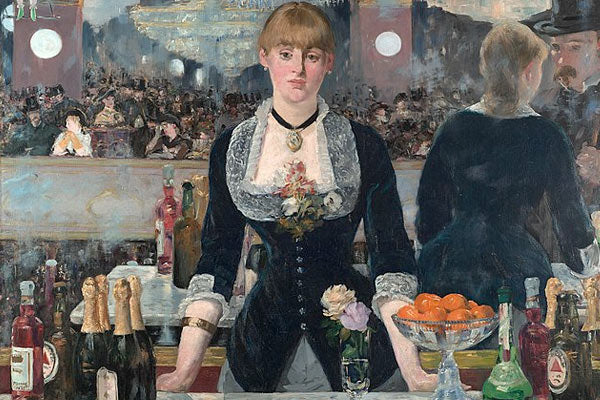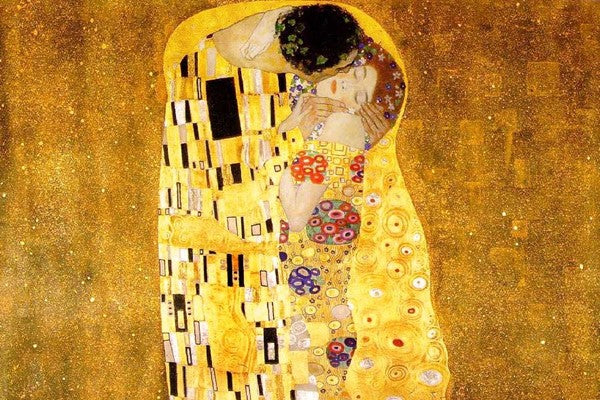Selling art—especially oil painting reproductions—requires careful pricing to strike a balance between affordability for buyers and fair compensation for artists. Whether you're an artist wondering how to price your artwork, a collector looking to purchase a piece of art, or someone interested in art collecting, understanding the market value of reproduction art is essential.
The price of your artwork depends on various factors, including the size of the painting, the materials used, the artist’s reputation, and the sales channel. If you’re an artist thinking, "How do I price my paintings?" or "Am I charging too much or too little?"—this guide will help you navigate art pricing so you can confidently sell your work.
Our artists use the highest quality materials to create fine art that looks and feels authentic. Whether you’re an art lover looking to expand your collection or an interior designer in search of timeless beauty, ART&See offers paintings for sale that reflect true artistic excellence.
Factors That Determine the Price of a Painting Reproduction

1. Size of the Painting
One of the simplest and most common ways to price your work is based on the size of the painting. Many artists and galleries use the price per square inch formula. For example:
-
A 12-inch painting by 12-inch painting = 144 square inches
-
If you charge $2 per square inch, the price of art would be $288
-
If you charge $3 per square inch, the price goes up to $432
Smaller paintings typically have a higher price per square inch, while larger paintings often sell for less per square inch to keep prices reasonable.
2. Type of Painting & Materials Used
The medium plays a significant role in pricing your art. Oil paintings take much longer to dry and require high-quality pigments, making them more expensive than acrylic paintings. Consider the painting “Impression, sunrise by Claude Monet”
-
Oil painting reproductions: More expensive due to the materials and time involved
-
Acrylic painting: Faster to produce and often sell for less
-
Canvas painting vs. art prints: Canvas works cost more than prints due to material and effort
If you are selling art, it’s important to factor in the cost of materials when determining the retail price of your artwork.
3. The Art Market & Demand for Your Work
If you are just starting to sell, pricing competitively can help you attract art lovers and collectors. However, as your reputation grows, you can raise your prices to reflect the increasing value of your art career.
Artists who have gained recognition in the art world or sell through galleries can often raise their artwork prices without affecting demand. However, if your artwork prices are too high without enough demand, you may struggle to sell anything.
4. Where You Sell Your Work
The platform where you sell your art affects how much buyers are willing to pay. Selling paintings for sale in a high-end art center or through an exclusive gallery can justify a higher price per painting, while selling online may require different prices to remain competitive.
-
Selling through galleries: Higher prices due to gallery commissions
-
Online marketplaces (Etsy, eBay, Saatchi Art): Competitive pricing due to global reach
-
Direct sales from an artist’s website: More flexibility in pricing
Common Methods for Pricing Art
Many artists struggle with figuring out how much to charge for their art work. Here are the most widely used pricing strategies:

1. Pricing by Square Inch
This method is simple and widely used by artists. The formula is:
Length x Width x Price Per Square Inch = Artwork Price
For example, if you price your paintings at $2 per square inch:
-
8-inch x 10-inch painting = 80 sq. inches x $2 = $160
-
16-inch x 20-inch painting = 320 sq. inches x $2 = $640
If you are an emerging artist, you may start at $1 to $3 per square inch, while established artists can charge $5 to $20 per square inch or more.
2. Pricing by Hourly Rate + Material Costs
If your paintings take much longer to complete, consider charging based on:
-
Time spent on the painting
-
Cost of materials
-
Overhead expenses
For example, if you spend 10 hours on a painting and charge $30 per hour, and materials cost $50, the total price of your artwork would be $350.
3. Comparing Similar Artworks in the Market
Researching the art market can help you determine a fair price list for your work. Look at:
-
Similar paintings done by other artists
-
Art prices at your local art center or gallery
-
Online listings of reproduction art and original paintings
By comparing prices, you can determine whether your pricing is too low or whether you should raise your prices.
4. Factor in Your Art Career & Reputation
If you’re just starting to sell, keep prices reasonable until you build an audience. As your experience and demand increase, you can gradually raise your artwork prices.
A well-known artist can command a much higher retail price than someone new to the scene. If you've been featured in exhibitions, galleries, or art school showcases, you can price your paintings accordingly.
How Much Should a Painting Reproduction Sell For?
The price of a painting reproduction varies widely depending on quality, size, and artist skill. Here are general pricing ranges:
-
Small oil painting reproductions (8x10 inches): $50 - $200
-
Medium-sized paintings (16x20 inches): $200 - $800
-
Large reproduction paintings (30x40 inches or bigger): $800 - $5,000+
Hand-painted oil painting reproductions cost more than mass-produced art prints. High-end fine art reproductions of famous paintings can sell for thousands of dollars, while lower-quality prints may sell for less than $50.
ART&See: The Best in Oil-Painted Reproductions
If you’re looking for the finest oil painting reproductions, ART&See is your go-to source. We specialize in hand-painted replicas of famous paintings, ensuring that every piece of art captures the depth and beauty of the original painting.
Avoiding Common Pricing Mistakes
Many artists struggle with pricing their art, often making these mistakes:
-
Pricing too low: Undervaluing your artwork reflects a lack of confidence and makes it difficult to raise your prices later.
-
Charging too much: If your prices are like way too much compared to similar artwork prices, buyers may hesitate.
-
Not adjusting for demand: If you consistently sell your work quickly, it may be time to raise your artwork prices.
The Psychology Behind Art Pricing: Why Buyers Pay More
Understanding the Buyer’s Perspective
When setting the price of your artwork, it’s essential to consider the psychology behind buying art. Different buyers have different motivations—some are art lovers seeking beautiful décor, while others are serious collectors looking for long-term value. Knowing what drives a buyer to purchase your oil painting reproductions can help you price your work more effectively.
Key motivations for buying art include:
-
Emotional connection: A buyer sees a piece of art that speaks to them. If they feel emotionally drawn to it, they’re often willing to pay more.
-
Exclusivity: Even though reproduction art isn’t unique, high-quality fine art reproductions that closely mimic the original painting can sell for premium prices.
-
Investment potential: Buyers who view art collecting as an investment are looking for quality and reputation. They might be willing to raise their price range for a high-end oil painting reproduction.
How Pricing Affects Perceived Value
A common mistake when trying to sell your work is pricing too low. While it might seem logical to offer a low price to attract buyers, it can actually have the opposite effect. Buyers often associate a small price with lower quality. If you’ve ever looked at a painting for sale and thought, “That price seems like way too much for a reproduction,” it’s because pricing can influence perception.
Here’s why raising your artwork prices can actually help you sell your work:
-
Higher prices create an impression of value and exclusivity.
-
Art buyers assume that expensive artwork reflects better craftsmanship.
-
Pricing too low might make people think, “If it’s that cheap, it’s probably not worth much.”
The Power of Limited Editions
One way to sell my art at higher prices is to create limited edition reproductions. While a canvas painting might be a reproduction of a famous painting, adding a limited edition number can create urgency and exclusivity. Buyers are more likely to purchase a painting though if they know there are only a few available.
For example, instead of selling unlimited prints, offer only 100 signed reproductions at a premium price. This strategy makes much more sense than selling unlimited copies at a small price.
Experimenting With Different Prices
If you’re unsure how much to price my artwork, consider testing different prices. Some artists set their price list too low at first, then realize they can raise their prices gradually.
-
Start by offering a few paintings done at a mid-range price.
-
If they sell quickly, consider raising the retail price slightly for your next batch.
-
If you aren’t able to sell my paintings, check whether your prices are too high compared to the art market.
By experimenting, you can figure out how much buyers are willing to pay and adjust your pricing strategy accordingly.
Selling Your Art: Where and How to Sell Painting Reproductions
Choosing the Best Sales Channels
If you plan to sell your oil painting reproductions, where you sell them matters just as much as how you price your work. Different sales channels attract different buyers, and each platform has its pros and cons.
1. Selling Through Art Galleries
-
Pros: Prestige, higher prices, exposure to serious collectors
-
Cons: Galleries take commissions (often 40-50%), less control over pricing
2. Selling Online (Etsy, eBay, Saatchi Art, Personal Website)
-
Pros: Global reach, full pricing control, no gallery commission
-
Cons: Highly competitive, may require advertising to attract buyers
3. Art Fairs & Exhibitions
-
Pros: Great for networking, opportunity for direct sales, instant feedback from buyers
-
Cons: Entry fees, travel costs, limited audience
4. Selling Locally (Art Centers, Coffee Shops, Boutiques)
-
Pros: Local exposure, easier to build relationships with buyers
-
Cons: May not attract high-paying collectors
Each of these methods requires a different pricing approach. Selling in a high-end art center justifies higher prices, while selling online might require different prices to remain competitive.
The Importance of Presentation & Branding
Even if you have the perfect way to price your work, presentation plays a huge role in selling. Buyers often make purchase decisions based on emotions, and a well-presented piece of art can justify a higher retail price.
Here’s how to enhance your branding:
-
Use professional photography for your listings.
-
Write compelling descriptions that explain the inspiration behind each canvas painting.
-
Offer multiple size options and custom framing for added value.
-
Share your art journey on social media to connect with art lovers.
Raising Your Prices Without Losing Buyers
A major concern for artists is knowing when and how to raise my prices. If you price my paintings too high too soon, you might alienate your audience. But if you never raise your artwork prices, you might undervalue your work in the long run.
Here’s how to gradually increase prices:
-
Start with affordable price points to attract initial buyers.
-
Once you’ve established a loyal customer base, introduce a higher-tier pricing for new works.
-
If you see consistent sales, slowly raise your prices on your best-selling pieces.
-
Offer higher-end options like larger paintings, custom commissions, or original artwork to justify price increases.
Pricing isn’t just about making money—it’s about positioning yourself in the art world. When you confidently price your work, buyers will respect and value it more.
Conclusion: Finding the Right Price for Your Painting Reproductions
The price of a painting reproduction depends on various factors, from price per square inch to the demand in the art world. Whether you’re an artist trying to sell your work, a buyer looking for art based on your budget, or someone passionate about art collecting, understanding art pricing is essential.
If you are starting to sell, be strategic about your pricing. Consider your materials, time, and market demand. Don’t sell for less than your work is worth, but also make sure your prices are competitive. With the right approach, you can confidently sell anything from smaller paintings to large-scale canvas paintings while growing your passion for art into a sustainable art career.
